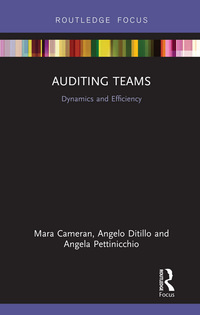Question
1. (45 points + Extra Credits 10 points) Company A uses 5,000 units per year of raw material X which costs $600 per unit. The
1. (45 points + Extra Credits 10 points) Company A uses 5,000 units per year of raw material X which costs $600 per unit. The factory works 300 days a year, and order size of X is 200 units. Cost for placing an order is $100 and cost of delivering an order is $200. Annual holding cost for this item is 6.0% of its cost.
a. (15 points) Compute expected length of replenishment cycle for this item in terms of working days.
b. (15 points) Compute the annual holding cost plus ordering cost.
c. (15 points) Compute excess cost by using current policy compared to the optimized order size of this item.
d. (Extra Credits 10 points) Use power-of-two scheme and compute annual inventory holding cost plus ordering cost.
2. (30 point + Extra Credit 10 points) K is the critical component for product J in an assembly line. Demand for J is 200 units per month. The company has the capacity to produce J at the rate of 50 units per hour. Setup time for the equipment is 1.5 hours. Workers are paid $55 per hour and the idle time for the machine is estimated $100 per hour in lost profit. Holding cost can be determined from annual interest rate, which is 22%. Each finished product costs $2.50 to product and it is sold for $5.50. The company works 20 days a month and 6 hours a day.
a. (15 points) Compute the quantity of J that the company should produce in each production run to minimize annual holding cost plus set-up cost.
b. (15 points) Using the optimal policy you derived in (a), compute the percentage of working time of the company to produce J.
c. (Extra Credits 10 points) Compute the maximum level of on-hand inventory at any point in time. (Assume that the company produces only the optimal number of J).
3. (25 points) Formulate the annual cost function when the EOQ model allows backorders. There are two decision variables in this formulation, order quantity Q and maximum number of backorders B. Please denote b as backorder cost per year per customer.
[NOTE: You do not have to formulate the optimal decisions]

Step by Step Solution
There are 3 Steps involved in it
Step: 1

Get Instant Access to Expert-Tailored Solutions
See step-by-step solutions with expert insights and AI powered tools for academic success
Step: 2

Step: 3

Ace Your Homework with AI
Get the answers you need in no time with our AI-driven, step-by-step assistance
Get Started


